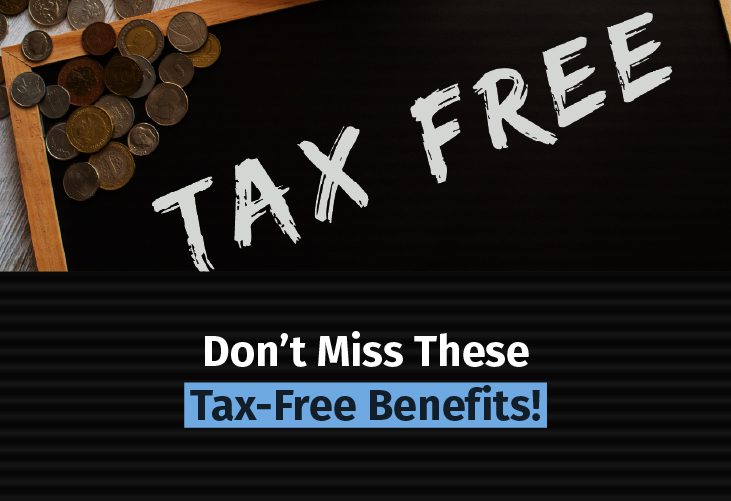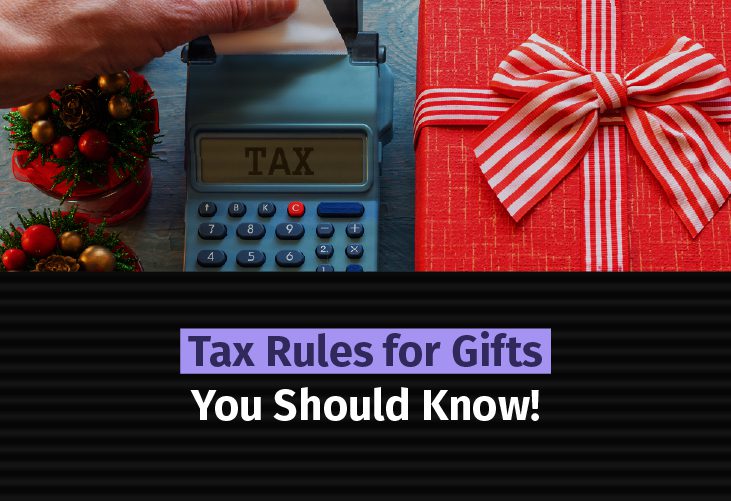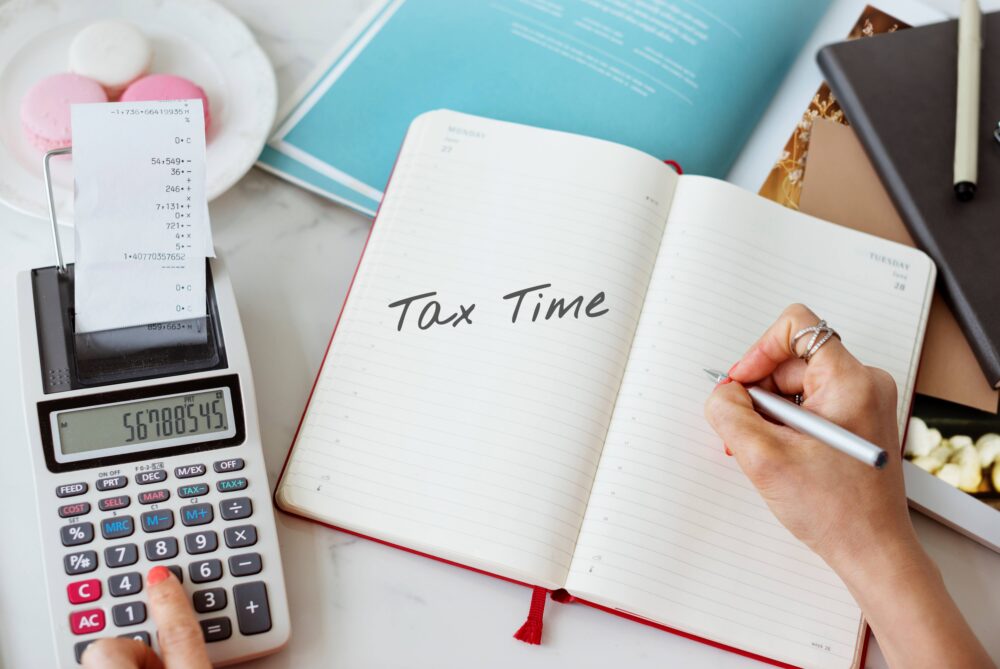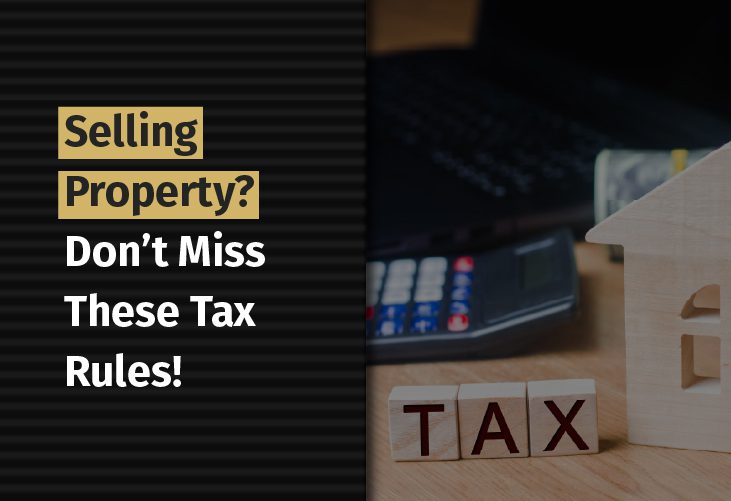When we talk about saving on taxes, exemptions can make a world of difference. One section of the Income Tax Act, 1961 plays a key role in charting out these exemptions and making sure that the umbrella is wide enough to cover taxpayers from varying income slabs. Section 10 lists various types of income that are either fully or partially exempt from tax. This section helps taxpayers reduce their taxable income legally. However, it is important to note that this benefit can only be redeemed under the old regime and not for the new regime.
So, if you want to understand how you can reduce your tax liability legally, you’re in the right place.
What is Section 10 of the Income Tax Act?
Section 10 of the Income Tax Act specifies the various types of incomes that are either fully exempt from tax or qualify for partial exemptions.
The idea is to provide relief in certain income streams, allowing individuals to minimise their tax burden. These exemptions are not limited to any particular income source or slab but cover a range of eligibility– starting from salary components like HRA and gratuity funds to agricultural income, scholarships, and more. So, if you have verifiable income from any of these categories, you can claim exemptions under any clauses of Section 10 and reduce your taxable income.
Common Income Exemptions Under Section 10
There are a variety of sub-clauses under Section 10. These include but are not limited to salary components, profit sharing, and even income from minor family members. To understand which slab you qualify for, it is essential to go through these sections minutely.
1. Exemption on House Rent Allowance (HRA) – Section 10(13A)
One of the most widely known exemptions is for HRA, which applies specifically to salaried employees receiving HRA as a component of their salary. The exemption is calculated based on:
- The actual HRA received
- 50% of your salary (for those living in metro cities) or 40% (for non-metro cities)
- Rent that is paid minus 10% of your salary
Now, there might be a situation where your employer does not provide you with any separate funds to cover your residential allowance. In such a case where your employer does not provide any separate funds as HRA, you can still claim tax benefits on your rent through Section 80GG of the Income Tax Act. For this, you’ll need to have rent receipts, a rent agreement, and proof of monthly rent payments.
2. Exemption on Agricultural Income – Section 10(1)
Income generated from agricultural activities such as farming, irrigation, cultivation, and so on is fully exempt from tax. This is done to encourage agricultural and sustainable initiatives.
Now, in the event that your agricultural income exceeds ₹5,000 and your total income, excluding agricultural income, exceeds the basic exemption limit, you might be subject to tax under the partial integration method.
In taxation, partial integration refers to a method to assess the tax rate applicable on a non-agricultural income when an individual has both agricultural and non-agricultural sources of income.
3. Exemption on Leave Travel Allowance (LTA) – Section 10(5)
Another beneficial exemption under Section 10 is for LTA. You can claim LTA for the cost of travel for yourself and your family during holidays, provided you actually travel within India. This exemption can be claimed for two trips in a block of four years.
A popular misconception that can prove to be misleading is the extent of cover on this exemption. It only stretches to as far as the travel fare and does not include lodging or any other expenses incurred during the travel.
4. Exemption on Gratuity – Section 10(10)
For employees who receive gratuity at the time of retirement or resignation, Section 10 provides tax relief. The amount of gratuity that is exempt from tax depends on whether you are covered by the Gratuity Act or not.
- For employees covered under the Gratuity Act: Exemption is calculated as 15 days’ salary for each completed year of service.
- For others: The least of the following is exempt:
- Actual gratuity received
- ₹20 lakh
- Half a month’s salary for each completed year of service
5. Exemption on Educational Scholarships – Section 10(16)
If you or your child is receiving an educational scholarship, here’s some good news– this scholarship amount is fully exempt from tax under Section 10, sub-clause 16. You don’t have to worry even if this scholarship is from a private institution, the exemption applies to all forms and sources of scholarships.
6. Exemption on Income from Minor Children – Section 10(32)
This is a controversial clause that might confuse taxpayers. However, the idea here is to understand that all income from minors is not penalised under the Child Labour Act. So, any income earned by your minor child– from sources like interest or investments, is usually clubbed with your income for tax purposes. However, an exemption of ₹1,500 per child is available under this section for up to two children.
7. Exemption on Profit Sharing from a Partnership Firm – Section 10(2A)
If you’re a partner in a partnership firm, any share of the profit you receive from the firm is fully exempt from tax. The logic is simple, as the firm is already taxed on its profits, so you don’t need to pay tax again on the share you receive.
8. Exemption on Retrenchment Compensation – Section 10(10B)
Being laid off is a nightmare for any salaried individual. However, here too, section 10, sub-clause 10B provides some relief. In the event that you’re retrenched, the compensation you receive is exempt up to certain limits. The exempt amount will be the least of:
- Actual compensation received
- ₹5 lakh
- 15 days’ salary for each completed year of service
An individual’s retrenchment compensation is eligible for exemption if the termination is due to company downsizing, restructuring or a complete closure of the business.
9. Exemption on Income of Members of HUF – Section 10(2)
If you are part of a Hindu Undivided Family (HUF) and earn income as a member, the income received by the HUF is exempt from tax, provided it is not earned in your individual capacity.
Smart tax planning is not about saving at the last minute—it’s about aligning deductions with your overall financial goals. Our Qualified Financial Advisor can help you structure your income and investments for maximum efficiency.
Key Points to Remember
Section 10 comes as a boon to struggling taxpayers who are looking to maximise their benefits. However, there are certain things one must keep in mind while applying for exemptions under this section:
- Documentation is key: Ensure you have all the required documentation for claiming exemptions, whether it’s proof of rent payments for HRA or travel tickets for LTA.
- Limits and conditions: Always keep an eye on the limits and conditions attached to exemptions. Some exemptions come with caps (like gratuity or retrenchment compensation), while others, like HRA, are subject to specific rules.
- Consult a professional: While Section 10 offers many benefits, the calculations can be tricky. It’s always a good idea to consult a tax professional to maximise your deductions and exemptions.
Conclusion
Section 10 of Income-tax Act, 1961 provides different exemptions like HRA,LTA, and dividends to taxpayers. However, one needs to keep in mind that each exemption comes with different rules and it is important to understand these regulations before claiming them. You can consult a tax professional to maximise your benefits.








